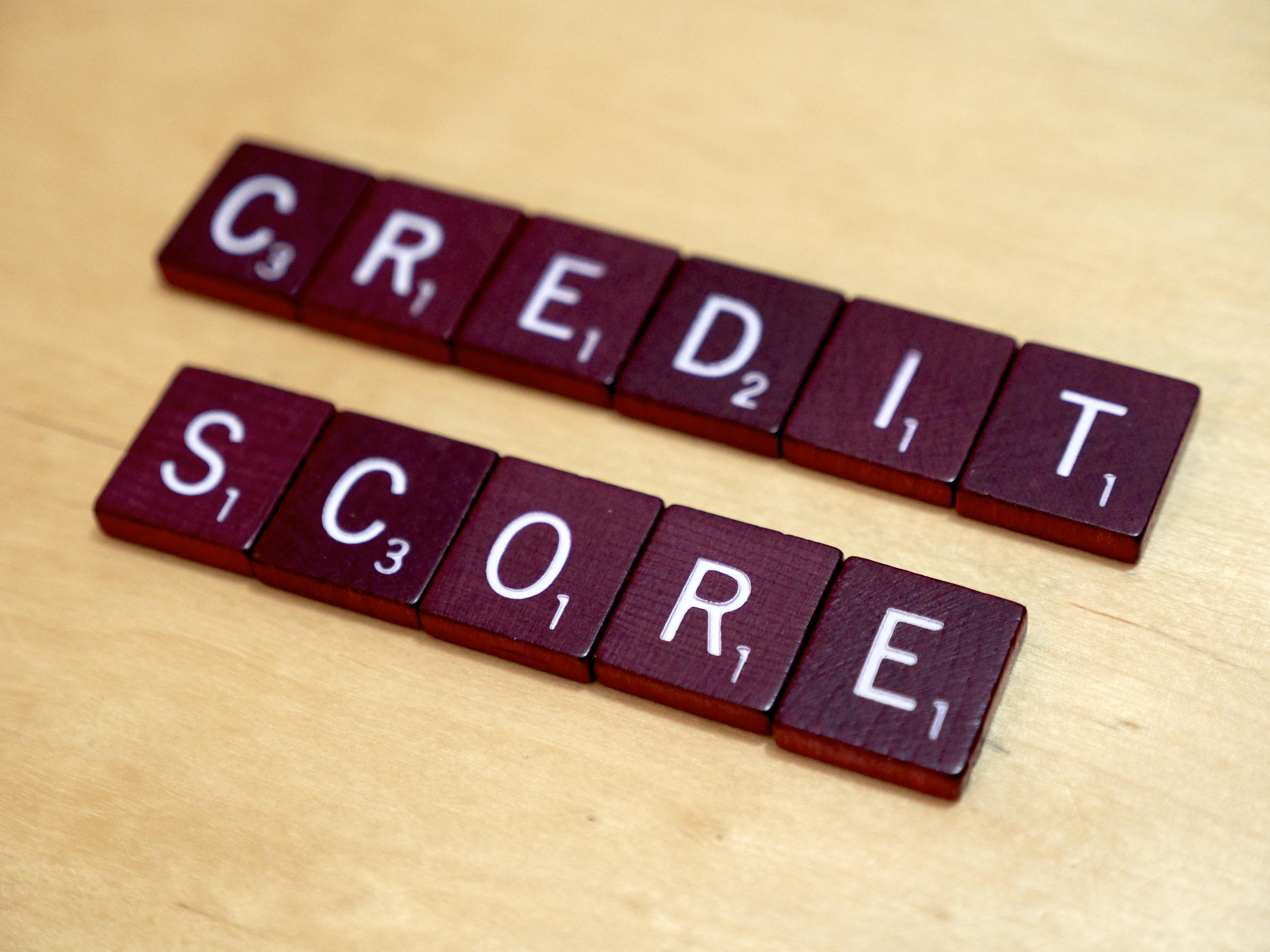
Three Steps to Improving Your Credit Score
A healthy credit score is integral to anyone hoping to make a big purchase, like a home or a car, but many people struggle to overcome past mistakes. Since credit scores take into account many years’ worth of finances, it can take time to make even incremental positive change. There are simple ways to get your score moving in an upward direction, though, and the following steps map out a strategy toward increasing this all-important indicator of financial health.
Kick ‘Nuisance Balances’ to the Curb
Many consumers with multiple credit cards find themselves charging $25 on one, $50 on another, and so on. These ‘nuisance balances’ add up – by carrying balances on many cards at once, your debt picture can begin to look negative. You’re far better served by choosing one or two go-to credit cards, and keeping zero balances on all others.
Set Up Payment Reminders or Automatic Payments
Since late payments will do long-term damage to your score, boost your credit health now and into the future by eliminating the possibility of late or forgotten payments. Automatic payments ensure your bills get paid on time without you lifting a finger, and even simple payment reminders on your calendar or smartphone can go a long way towards keeping your payments on track even when life gets hectic.
Reduce Your Debt-to-Credit Ratio
The closer you are to reaching your credit limit, the riskier you look to potential lenders. Ideally, you should utilize 30 percent or less of your allowable credit, so begin paying down balances first on cards and loans that exceed that mark.
Changing your credit score takes patience and a financially sound strategy. Paying off nuisance balances, ensuring you don’t miss payments and improving credit utilization percentages will put you on a trajectory for improved credit in the long-term.
Image via Flickr/SimonCunningham
